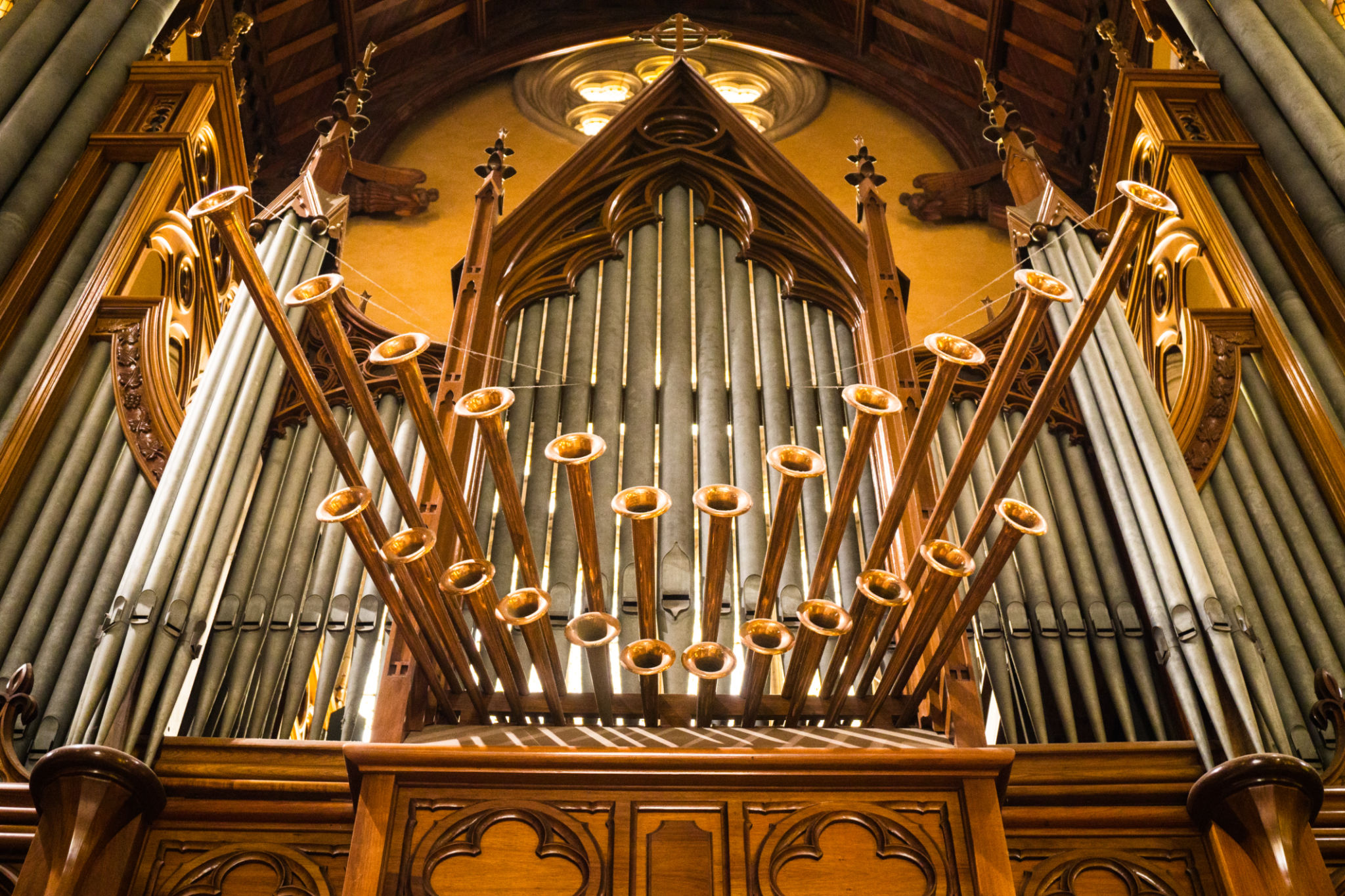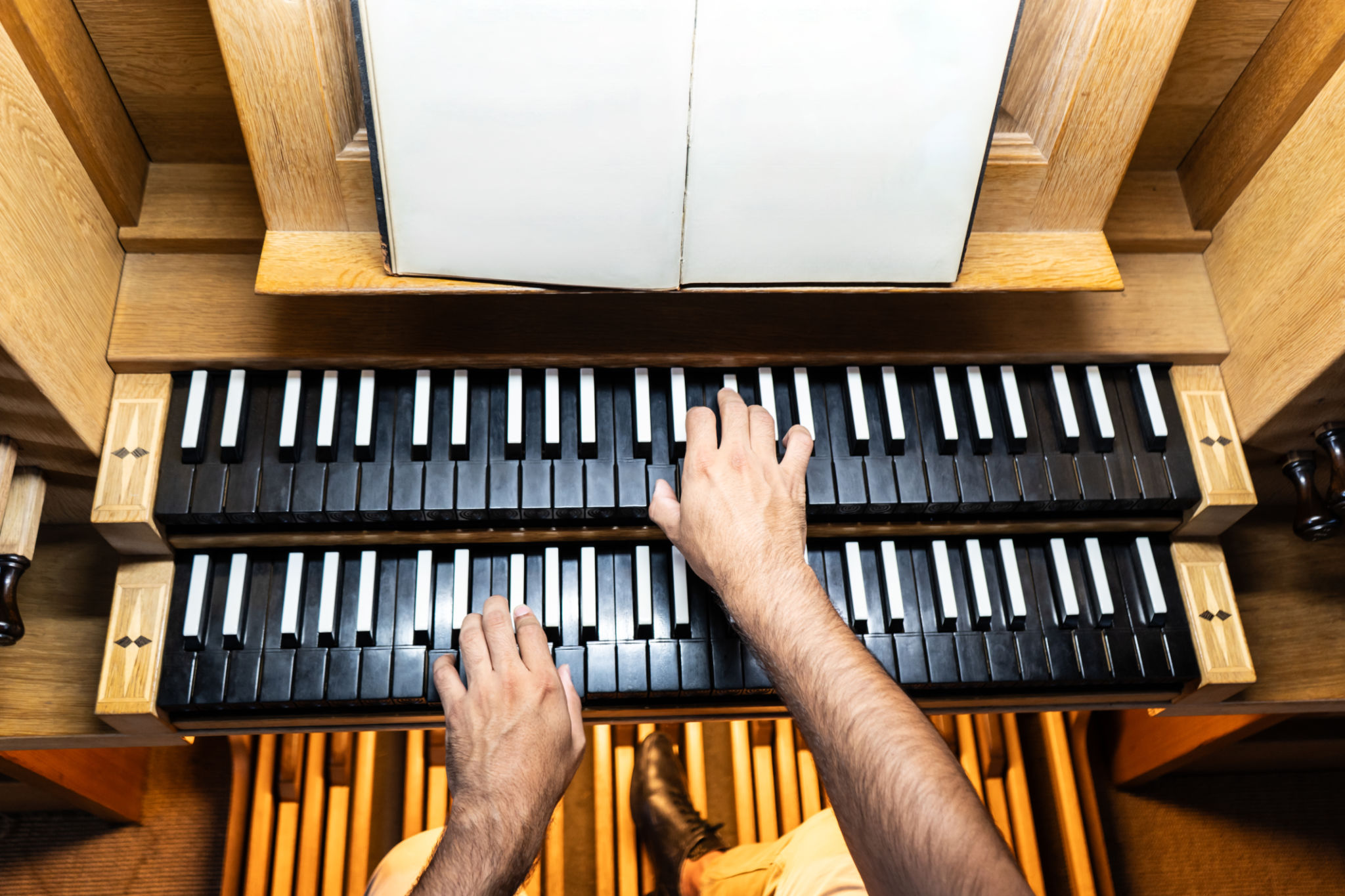Organ Concertos: What Makes Them Unique?
The Allure of Organ Concertos
Organ concertos hold a special place in the world of classical music, offering a grand and majestic listening experience. These compositions are distinct due to their ability to convey a wide range of emotions through the organ's vast tonal capabilities. A single organ can mimic an entire orchestra, providing both power and subtlety in its sound.
The origins of organ concertos can be traced back to the Baroque era, with composers such as George Frideric Handel and Johann Sebastian Bach pioneering the form. Their works laid the foundation for future generations, showcasing the organ's potential as a solo instrument accompanied by an orchestra.

The Structure and Composition of Organ Concertos
Typically, an organ concerto features three movements: fast, slow, and fast. This structure allows for a dynamic range of musical expression. The opening movement often sets an energetic tone, followed by a more contemplative and expressive middle section. The final movement usually brings the piece to a thrilling conclusion.
Within these movements, composers exploit the organ’s unique ability to produce an array of sounds. The instrument's numerous stops and pedals can create everything from delicate whispers to thunderous roars, allowing for a rich tapestry of sound that keeps audiences engaged.
Technical Challenges for Performers
Performing an organ concerto requires a high level of skill and dexterity. Organists must coordinate both hands and feet to navigate the instrument's multiple keyboards and pedalboard. This physical demand is coupled with the need for precise timing and coordination with the accompanying orchestra.

The organist's role is not only to execute the notes accurately but also to interpret the music in a way that brings out its emotional depth. This requires a deep understanding of both the organ’s mechanics and the composer's intentions.
The Emotional Impact of Organ Concertos
One of the most compelling aspects of organ concertos is their ability to evoke powerful emotions in listeners. The organ's capacity for dramatic contrasts—shifting from serene melodies to exhilarating crescendos—can stir feelings of awe and inspiration. This emotional journey is what makes organ concertos an unforgettable experience for many.

Modern Interpretations and Innovations
Today, organ concertos continue to evolve as contemporary composers explore new possibilities. Modern compositions often incorporate electronic elements or experimental sounds, pushing the boundaries of what an organ concerto can be. These innovations keep the genre fresh and relevant for new audiences.
Despite these modern twists, the core appeal of organ concertos remains unchanged: their ability to transport listeners through a sonic landscape rich with texture and emotion. Whether performed in a grand cathedral or a modern concert hall, organ concertos captivate with their timeless allure.
